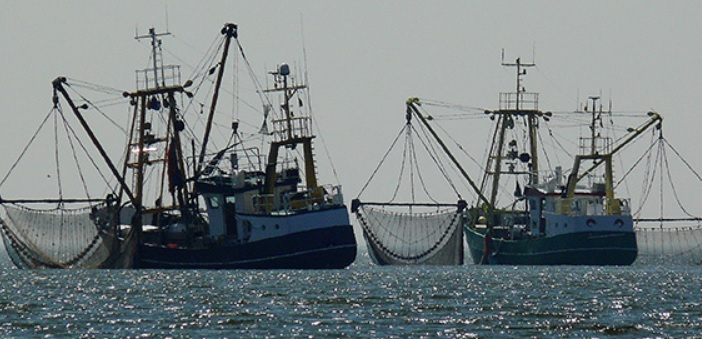The reduction and prevention of deaths of fishermen along South Africa’s coastal area is among key priorities of the South African Maritime Safety Authority (SAMSA). Now, efforts towards this goal are beginning to pay off, due to strategic partnerships domestically and abroad.
One such partnership is that with the UK Space Agency (UKSA), which has over the past year seen over 1.000 small high tech vessel tracking devices acquired and distributed among particularly artisanal or subsistence fishermen across the Northern, Western and Eastern Cape provinces. These devices aim to enable them to quickly and seamlessly request for assistance whenever in distress while out fishing at sea or on inland waterways.
The project is called ‘Project Oasis’, and is the first of its kind, funded by R10-million by the UKSA and is operated by SAMSA. The UKSA is also cooberating with the National Sea Rescue Institute (NSRI) in the distribution of the device.
The South Africa project is among 33 other worldwide project (37 countries) funded through the agency’s International Partnership Programme’s UK£30-million annual funding for developmental projects.
[smlsubform prepend=”GET THE SAFETY4SEA IN YOUR INBOX!” showname=false emailtxt=”” emailholder=”Enter your email address” showsubmit=true submittxt=”Submit” jsthanks=false thankyou=”Thank you for subscribing to our mailing list”]
The ‘Project Oasis’ focuses on the distribution of a satellite technology based identifying and tracking devices known as the ‘SAT-AIS em-Trak I100 identifier trackers’ for small boats. The target group for distribution and utilization of the device were artisanal fishermen.
The aim is to reduce casualties among the country’s subsistence fishing communities and reduction in exorbitant expenses incurred during rescue efforts.
What is more, statistics of casualties shared with the agency by SAMSA showed a significant decline in the number of fishermen dying at sea over the last decade. However, they also indicated that the most at risk category of people at sea were subsistence fishermen who did not have the safety and communication equipment necessary to call for help and be located quickly.
The fishing boat tracking and identifier units were designed to be tracked in near real time using a set of exactEarth’s constellation of polar and equatorial orbiting AIS satellites. This allows SAMSA to gain an up-to-date location of the small boats with an up-to-date last known position.
The devices also provide an SOS button that transmits a distress signal when an incident has taken place, enabling rescuers to access accurate information about the location and situation of a small fishing vessel.
This device is distributed to small vessel fishermen in South Africa for free.
SAMSA’s head of the Sea and Rescue Centre in Cape Town, Captain Karl Otto, stated on the occasion:
The true and sole objective to is enhance their safety and in the process also reduce the huge costs involved during search and rescue. We’d rather rescue fast than spend more time search, and the devices addresses exactly that need






























































